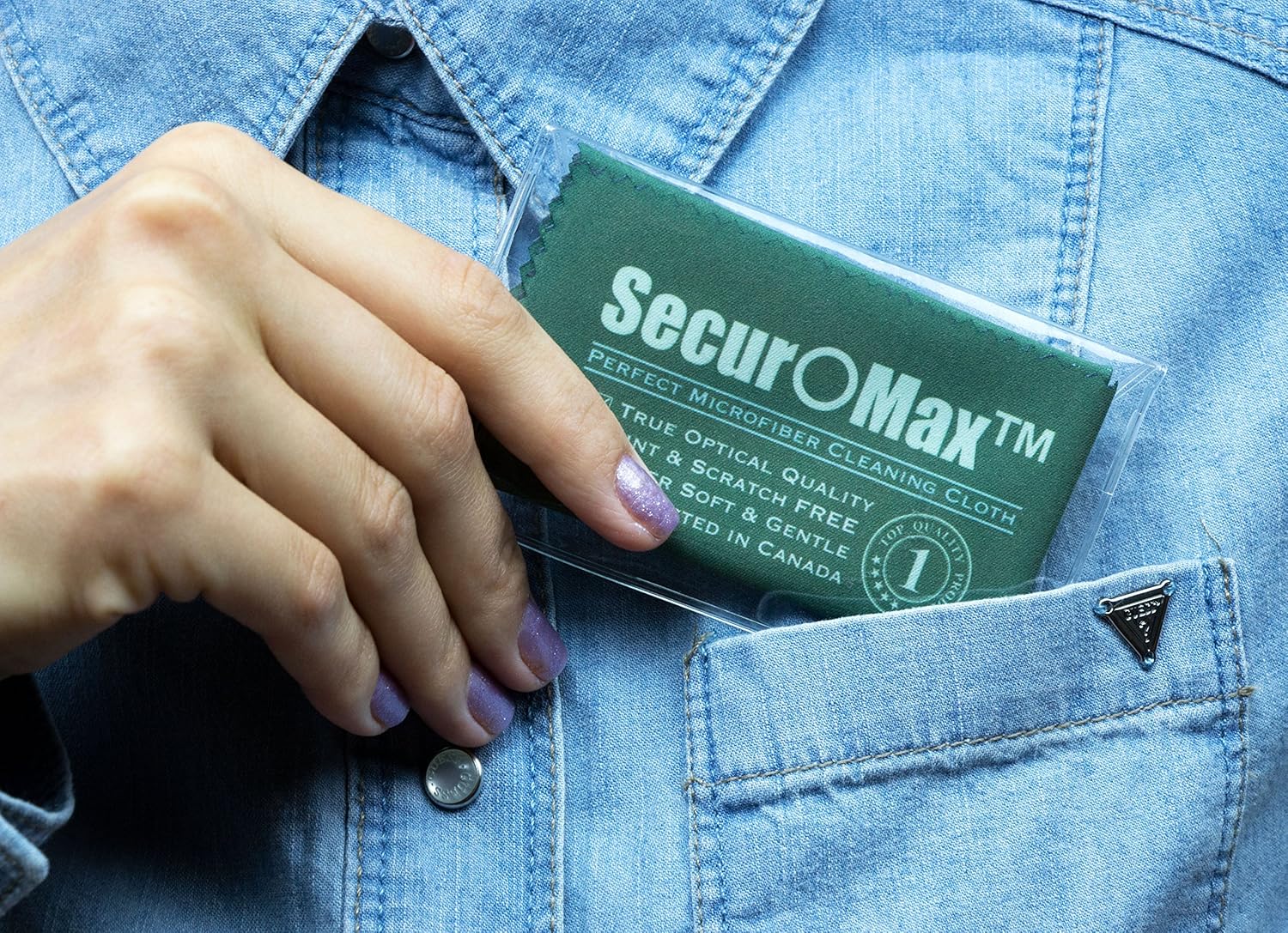How Do Microfibre works? The Science Behind Microfiber…
Did you know that microfiber (also written as microfibre) is actually composed of tiny strands of plastic? You probably think that it is just like any other cleaning cloth, but in fact it’s not! Microfiber fabric is full of of surprises. Not only does it make our lives a lot easier, but it’s also one of the most eco-friendly ways of cleaning things!
In this article, I’ll show you how microfibre works, and how it can make your household items shine even without the use of expensive cleaning chemicals.
Sales pitch? Magic? No! It’s a pure science!
Before we knew about microfibre, we were using soap and water to clean windows, glasses and almost anything that needed cleaning. Water is very good at cleaning almost everything just by itself, because it is composed of two different molecules that are electrically unbalanced. As a result, it sticks to all kinds of things just like magnet and breaks them apart thru the process of dissolution. Because of that characteristic, water is also called “the universal solvent” since it can dissolve so many things.
However, some stains like grease and oil cannot be dissolved by water, so in this case we turn to detergents. Detergent is a soapy chemical that clings to grease, breaks its apart and makes it easier for water to flush away.
But many people do not like using detergents, because aside from being expensive, detergents are often toxic and made of chemicals that may lead to allergic reactions and chronic skin problems. For that reason, it’s much better to clean stuff without chemicals, and that’s exactly where Microfibre comes into play!
A single human is weak and cannot do much work, however a large team of people can move mountains, so do microfibers! Millions of tiny strands combined into a tightly woven fabric make it incredibly powerful! In fact, a square inch of such a fabric has over 200 thousand of tiny fibers.
These small fibers have positive electrostatic charge that keeps them together, and attracts dirt particles, even the tiniest ones! Dirt is normally negatively charged, therefore it naturally sticks to microfibers just like North and South poles on 2 magnets. Since a decently sized cleaning cloth has millions of tiny microfibers, it attracts a lot of small dirt particles! I mean, really a lot! A whole bunch of nasty stuff you do not want to have on your household items!
Now, you might still ask, how does microfiber clean greasy surfaces when there is no detergent? Well… Detergent utilizes chemistry to break down the grease into soluble compounds, so theoretically you do not even need a cloth to get rid of your greasy stains, just put a mix of detergent and water on the stain and let chemistry work.
Microfiber does it differently. It removes grease mechanically. So if you are to remove your stain with a microfiber cloth, you just wipe it off. The stain will literally stick to the cleaning cloth, securely! The dirt particles get trapped in the cloth fibers until you wash them away with hot water. Microfiber fabric has an enormous capacity to hold dirt! You can pretty much clean the whole house with only one decently sized cloth before it will require washing.
Now a few words on how to wash microfiber cleaning cloths… The best way would be to put dirty cleaning cloths into a saucepan with some clean boiling water and leave them there for 10 – 20 minutes. After that, just rinse it with cool water. Don’t add any detergent! This is not necessary, and sometimes may destroy the fibers in the cloth (unless cleaning instructions for your cleaning cloths say otherwise).
Now you know everything about the magic of micro-fibers, and I hope you find this article informative and fun-to-read. If you have any questions and want to know more about microfiber, please feel free to visit my website at www.secuomax.com


Recent Comments